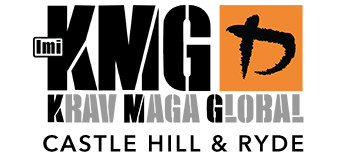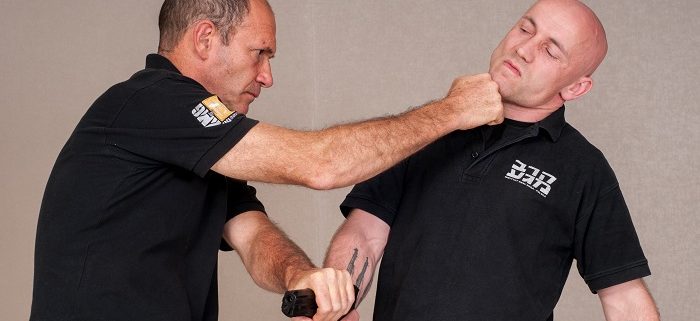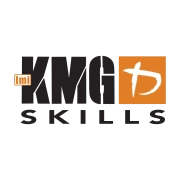Main Principles Of Krav Maga
Lately I have been thinking about the main principles of Krav Maga as they were taught to me and later added by myself over the last twenty years. It is my belief that understanding the principles of Krav Maga is important for a greater knowledge of krav maga as a system and for you to have in mind when you are training.
There are technical and tactical principles when it comes to defending yourself, or others, as well as principles that are directed to our way of life in combat. Perhaps the first and most important principles is that you must strive to win so that the enemy/aggressor/criminal will not be able to continue. Secondly, you need to aim in order to avoid, prevent or de-escalate the situation you are facing, especially in self-defense. Do not forget, if you need to act, act decisively and correctly according to the danger presented.
- In fighting and in combat – inflict maximum damage to your enemy, with minimum time spent, while sustaining minimum harm to yourself.
- In 3rdparty protection – protect your loved ones at all costs.
- Always act according to the law of the country you are in.
TECHNICAL PRINCIPLES
In KMG we have principles of attacks and principles of defenses which are in many ways connected.
While you at certain situations only need to defend, it is also necessary to plan for an be ready to use the principles of attack.

Principles of Attacks
- Understanding the hierarchy: tool; technique; principles; variations; simulations and role-play.
- The importance and effect of recoil.
- Understanding maximization of speed and mass to enlarge quantities of kinetic energy and pulse/momentum.
- Understanding the kinetic chain.
- 5 ranges:
- XS – for grappling, squeezing and throwing
- S – for head-butts; elbows, hooks, certain hammer strikes, knee kicks
- M – strikes with stretched arm
- L – Kicks at leg’s length
- XL – advance or use object to reach.
- 6 (5+1) directions of attacks: two horizontals; two verticals; straight in and out.
- All existing variations of angles, directions and ranges.

Principles of Defences
- Three types of dynamic (body) defenses: lateral and horizontal moves (8 directions of the compass rose); torque, pivot and turn; change of height.
- Additional principles of defenses in releases.
- Several kind of active (hand or leg) defenses that stop, deflect, or redirect the attack
- Several kind of actions are related to releases and ground self-defense, including trapping, bridging, hooking and scraping (plucking).
TACTICAL CONSIDERATIONS DURING KMG ACTIONS
- Defend and counter ASAP.
- Strive for contact or disengage.
- Search for additional aggressors.
- Look for common objects that may assist in the KMG actions.
- Evacuate yourself and others and check for injuries.
- Inform and assist the authorities.
GUIDELINES FOR KMG ACTIONS
- Respect your fellow trainee, your seniors and instructors.
- Cultivate faith (in the way), trust (your instructor) and believe (in yourself).
- Avoid injuries, but also learn how to overcome them.
- Comply with your natural reflexes, they are the foundations of KMG techniques.
- Strike at any suitable vulnerable and use any appropriate body part or common tool.
- Do not comply with any sport or competition rules.
As I wrote in the heading, this is only the very short version of the principles of Krav Maga Global. Time permitting, I will try and put together a more comprehensive explanation that will also use examples and stories from my past. If you have any questions, please go to our Facebook – KMG Official Group and ask them there.

Kol Tuv,
Eyal Yanilov
Article originally published here:
https://krav-maga.com/blog/main-principles-of-krav-maga-kmg-short-version/




